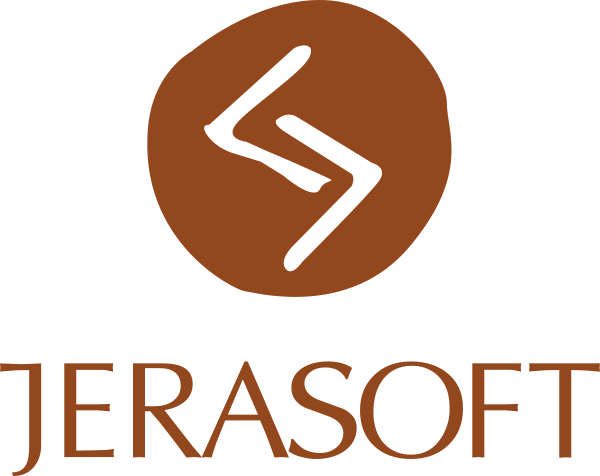Prospects for the development of IIoT

Suren Arustamyan of JeraSoft
Today, almost all industrial organisations are striving to embark on the next stage of digital evolution—to use the Industrial Internet of Things (IIoT), aimed at the analysis of big data and at improving production efficiency and the reliability of work and productivity throughout the supply chain.The development of a flexible IIoT platform that provides a secure link between production sites and the organisation of production processes ensures the successful operation of manufacturing companies.
At the same time, they sometimes need to change the production processes themselves to improve and simplify information exchange and interaction between functional groups, as well as to cooperate with external experts to replenish internal resources, says Suren Arustamyan, COO at JeraSoft.
Today, for successful business development, companies need to make the right decisions at the right time based on reliable information. Decision making is helped by the use of IIoT capabilities such as machine learning and big data and automation technologies to create a “system in the system.”.
All these tools can accurately and consistently allocate, receive, analyse, and transfer data to achieve greater efficiency, more reliable management, and better quality control throughout the supply chain.
At the same time, in the Industrial Internet of things, existing technologies are used, such as high-performance computing, intelligent sensors, mobile applications, cloud platforms, and enterprise digitisation, which makes it possible to turn data into knowledge that is used in practice.
This approach is based on several key elements:
- Reasonable and safe cooperation
- Predictive analytics
- Data management and on-site control
- Intelligent and plug-in assets and devices
An effective IIoT strategy is built on the consolidation of data coming from a multitude of disparate systems, in cloud storage, the use of higher level analytics and in attracting third-party experts for remote work. At the same time, decisions made by predictive analytics make it possible to transform the workflow: replace manual start, which is performed after the occurrence of problems, to automatic, warning of a dangerous situation.
Such an approach helps to avoid downtime, increases labour productivity and safety of production, and also provides an opportunity to monitor what is happening on production sites even in the most remote places and at the enterprises of subcontractors and suppliers, and also to control the transfer of goods located anywhere in the world.
Development of an effective IIoT implementation scheme
To maximise the effective implementation and use of IIoT, users need to take into account some features of its implementation: first, data centralisation is carried out, and the integration of applications for sampling and processing of this information.
In this case, applications can be located in the cloud, rather than in the management system itself, which eliminates the requirements for servicing within the enterprise and gives access to additional data coming in from several production sites or even separate industries.
To applications IIoT, increasing its effectiveness with the use of cloud technologies, including applications that include advanced process control (APC) systems, condition-based monitoring (CBM), preservation of corporate historical data, and mobile solutions and planning.
 When implementing IIoT in a workflow, industrial enterprises consolidate data from different sources using open integration and communication technologies, for example, the OPC Unified Architecture (UA)—a unified architecture developed by the OPC Foundation industry consortium.
When implementing IIoT in a workflow, industrial enterprises consolidate data from different sources using open integration and communication technologies, for example, the OPC Unified Architecture (UA)—a unified architecture developed by the OPC Foundation industry consortium.
This will provide support for existing communication protocols, and already installed equipment will be safely integrated into the IIoT architecture. Then, companies will be able to transfer data from individual industries to the entire enterprise and apply intelligent analytics to extract meaningful information.
Also, it is important that when processing incoming data, enterprises apply both their knowledge in a specific field and the information received from outside experts.
Due to a deeper set of data, companies will be able to develop and use more advanced analytical models in the cloud. For more detailed information, they will be able to deploy these analytical models in edge devices, scaling the data as necessary.
Deployment provides new opportunities to meet the diverse needs of both individual production sites and the entire corporation as part of its operation. Moreover, in monitoring and analysis, it is possible to use the services of a wider range of experts.
The author of this blog is Suren Arustamyan, COO at JeraSoft
Comment on this article below or via Twitter @IoTGN
